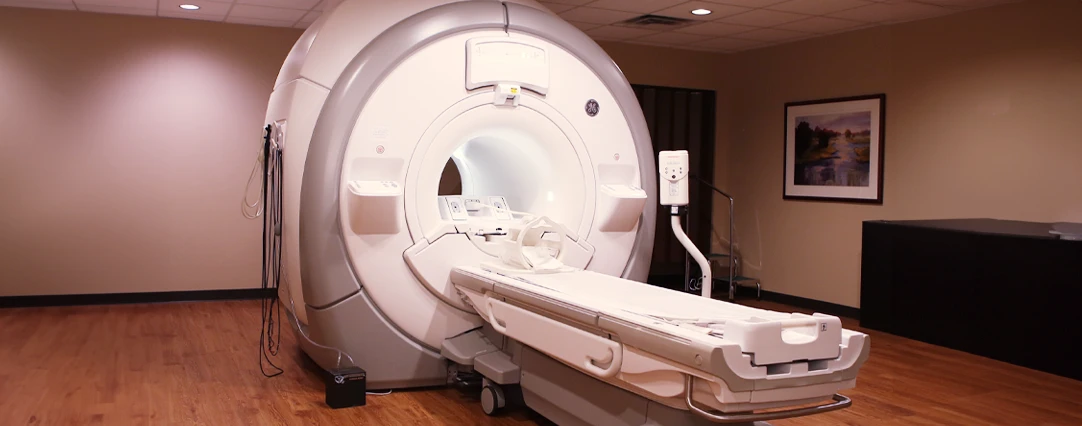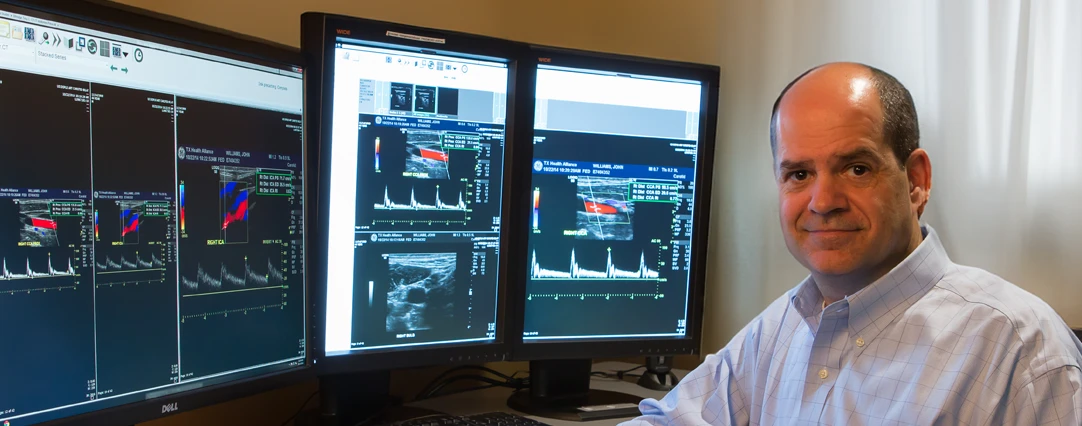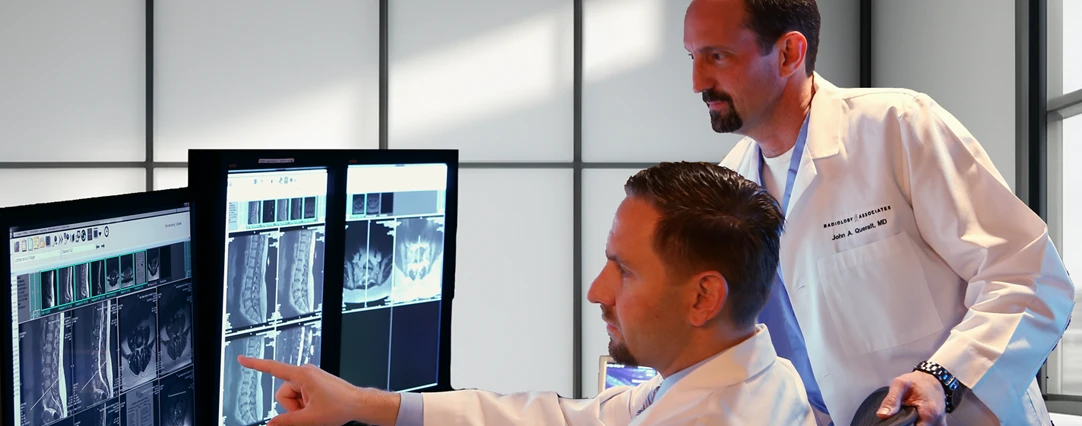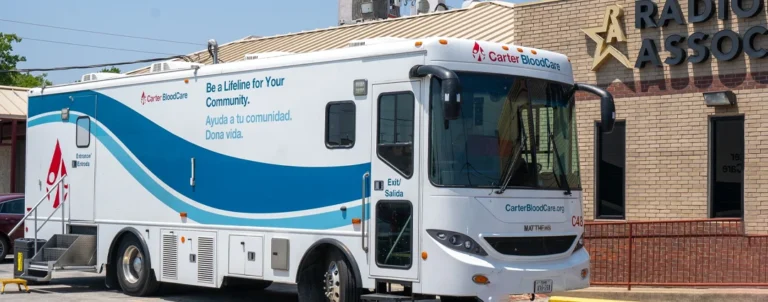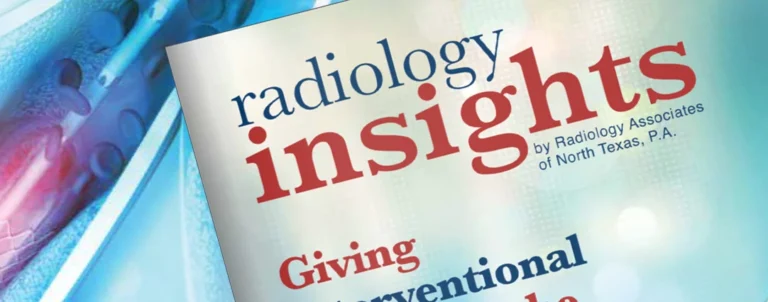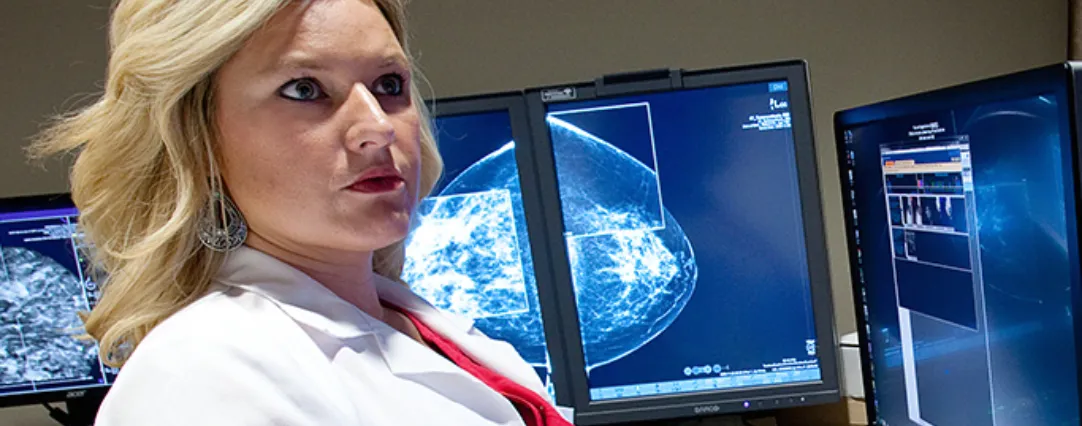
CT Lung Screening: A Chance to Breath Easier
An imaging test that looks for disease when the patient has no outward signs of illness is called a screening test. A mammogram, for example, is used to “screen” for breast cancer in women, and most screening programs start at age 40. A CT lung scan screens for lung cancer, and screening programs are now available to current and former smokers throughout the country.
According to American Cancer Society statistics, lung cancer remains the leading cause of cancer deaths in the U.S., accounting for about 160,000 annual deaths, and cigarette smoking remains the primary cause of lung cancer. Lung cancer (both small cell and non-small cell) is the second most common cancer in both men and women (not counting skin cancer). In men, prostate cancer is more common, while in women breast cancer is more common.1
Each year, more people die of lung cancer than of colon, breast and prostate cancers combined. About two out of three people diagnosed with lung cancer are 65 or older, while less than 2 percent are younger than 45. The average age at the time of diagnosis is about 70.1
While the best lung cancer prevention is stopping smoking or never starting in the first place, a low-dose CT (LDCT) scan can detect lung cancer in its earliest, most treatable stages. As with most other cancers, the earlier the detection, the better.

Radiology Associates of North Texas body imaging expert James Kogan, M.D., agrees that knowing sooner can make all the difference. And recent studies have proven the value of LDCT in the early detection of lung cancer.
“When diagnosed with late-stage lung cancer, the chance of surviving five years is only about 10 percent,” Kogan said. “But when detected early with CT lung screening in patients eligible for surgery, the odds of surviving more than five years improves to 67 percent; therefore, knowing can actually save your life.”2
With increased insurance coverage for lung cancer screening in high-risk groups, early detection is affordable and available to more people than ever before. For current and former smokers, CT lung screening is an excellent test for detecting disease at an earlier and potentially more treatable stage. The test is fast, easy and completely non-invasive.
“LDCT is a valuable tool for the subspecialty radiologists at RADNTX,” Kogan said. “Besides lung cancer, this test is used to detect early signs of lung function problems and obstructive disease such as emphysema and chronic bronchitis. It can also identify heart disease, hiatal hernias, thoracic spine abnormalities and other conditions.”
LDCT has proven to be so much more effective than a chest X-ray in detecting lung cancer in high-risk populations that the chest X-ray is no longer recommended for screening. In fact, a major study funded by the National Institutes of Health and sponsored by the National Cancer Institute showed a 20 percent reduction in lung cancer deaths with low-dose CT compared to chest X-ray.3
Insurance coverage of LDCT screening for lung cancer in high-risk individuals is now mandated for private insurance as well as Medicare and Medicaid, with certain exceptions. However, insurance coverage requires a shared decision-making visit with your primary care doctor. Current and former smokers who visit their doctor and meet the following guidelines4 are eligible for no-cost LDCT:
- Age 55-77 years
- Asymptomatic (no signs or symptoms of lung cancer)
- Tobacco smoking history of at least 30 pack years. One pack year is equal to smoking one pack per day for one year. To figure out your smoking history, visit www.smokingpackyears.com
- Current smoker or one who has quit within the last 15 years
- Have a written order for LDCT lung cancer screening from their physician or qualified non-physician practitioner
Speak with your primary care physician about the benefits of Low Dose CT Lung Screening and visit us online for a list of covered locations (www.radntx.com).
To learn more about the national lung screening trial (NLST), visit the National Cancer Institute. (www.cancer.gov/types/lung/research/nlst)
References:
1. Key statistics for lung cancer. (2016, May 16). Retrieved December 21, 2016, from http://www.cancer.org/cancer/lungcancer-non-smallcell/detailedguide/non-small-cell-lung-cancer-key-statistics
2. Lung Cancer Screening Program Saves Lives of High-risk Patients. (2016). Retrieved December 21, 2016, from http://www.surgery.wisc.edu/referring-physicians/newsletters/november-2016-lung-cancer-screening-program-saves-lives-of-high-risk-patients/
3. National Lung Screening Trial (NLST)
4. Decision Memo for Screening for Lung Cancer with Low Dose Computed Tomography (LDCT) (CAG-00439N). (2015, February 5). Retrieved December 21, 2016, from https://www.cms.gov/medicare-coverage-database/details/nca-decision-memo.aspx?NCAId=274
Posted: May 1, 2017

